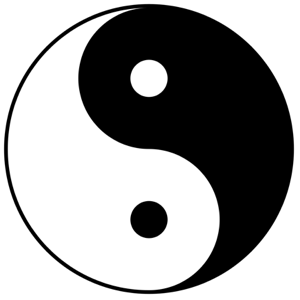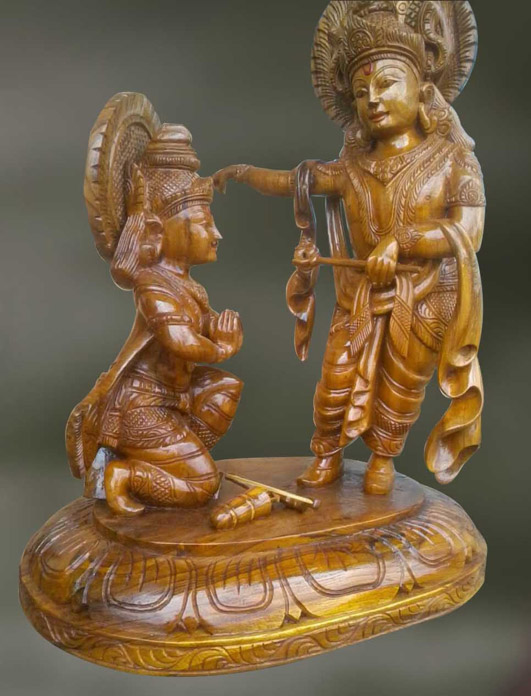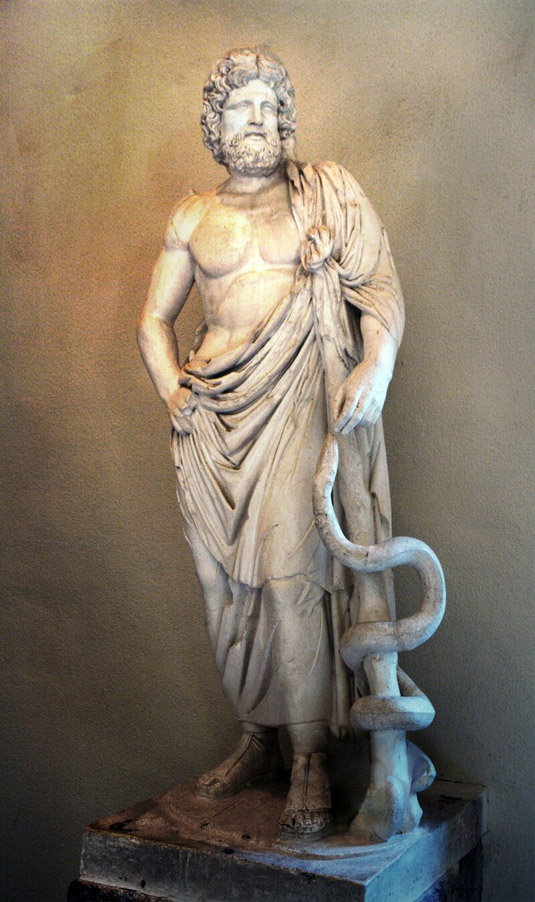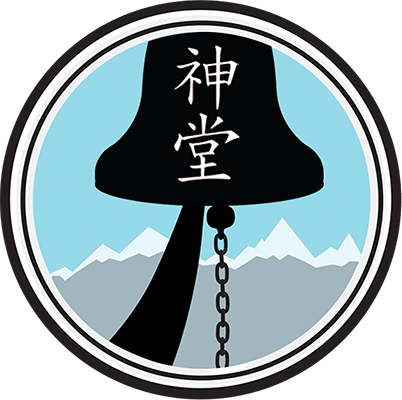Why it is difficult to talk about Tantra

It is important to understand that the word ‘Tantra’ is an ancient word that may be used to describe a text, a technique, system or practice and may even refer to a school. The word arose millennia ago on the Indian subcontinent and has influenced and been influenced by Buddhism, Hinduism and later Taoism. In the modern day the word is most often used in relation to new age spiritual circles and under the name ‘neo-Tantra’. Unfortunately, many modern sources of Tantric teachings have left out the important aspect of personal practice, technique or system, let alone the need for self-absorption (meditation) into ‘the one’ that is usually required for such spiritual insights.
In my work the word is used mainly as a reference to a lifestyle that promotes inner awareness and consciousness as well as self-discipline through practice. These kinds of alterations to one’s life have, through the ages, proven to have profoundly healing and transformational effects on the physical, emotional and interpersonal lives of diligent practitioners. For, in truth it is only through the discovery of illusions of self that we can transcend the problems of daily life and the only way into these illusions is through hard, personal work.

An English translation of the first chapter of the Tao Te Ching (one of the oldest texts ever written and the founding script of Taoism) says, “the Tao (way) that can be spoken of is not the eternal Tao (way).” Immediately the astute reader must check his or her capacity for (and level of interest in) understanding through intuition or ‘reading between the lines’. From this very first sentence the reader is introduced to an existential paradox which is a defining aspect of Taoism as well as eastern thought, in general. One must ask oneself, how am I to understand the meaning of something that cannot be communicated in words?
With that sudden moment of introspection, the reader has entered into the kind of intimate and personal landscape that tends to be a defining feature of eastern mysticism. For it is not only Tao Te Ching that asks something extra of the reader.

In Bhagavad Gita (an ancient text which is a base of Hindu philosophy) Lord Krishna speaks to his disciple Arjuna while they are at war together. Their conversation becomes very philosophical. At a moment when any normal warrior would prefer to focus on survival they are pondering the very real dilemma facing anyone charged with killing another human. Arjuna asks Krishna, ‘who am I to decide the fate of another?’
These kinds of questions strike at a very core of the reader’s sense of self. This kind of literature- dialogue, in the case of Bhagavad Gita, and poetry, in the case of Tao Te Ching, ask us to look inward. Apart from the fact that these texts were written millennia before any of the influential western philosophers, what is most interesting about them is that they not only ask the reader’s undivided attention. They require something more: a kind of commitment, a discipline. On the most superficial level they put us in a place of looking inward rather than toward the other. In a more profound way, they teach us how to ask ourselves the kind of questions which create a space for silence and stillness to be nurtured. In our personal transformation these are the some of the most important qualities we can develop.
The Importance of Silence

Someone who is new to Tantra might notice the immense feeling of gratitude or compassion they feel. Another may notice a deep sense of relaxation or the disappearance of a long-held chronic pain. Still another may suddenly find that they are no longer interested in eating certain kinds of food and make a radical shift to their diet. Once a person begins to take deep responsibility for their own happiness and well-being, significant transformations can begin to take place at any moment. This is because of their new-found potential for an important aspect of being human: silence.
For a person to be silent and still it means that their being has passed through a process of emptying. This emptiness can take place on various levels. On the physical level one may use the toilet to empty one’s bowels or bladder or go climb a mountain when they feel too much energetic tension. On the mental or emotional level, talking to a friend or loved one can help to unburden a heavy load that is no longer needed. For some people it can feel immensely satisfying to check thing off their ‘to do list’ by completing quotidian tasks, like paying bills. Why do we feel the need to empty ourselves?
On an intuitive level we understand that ‘emptying ourselves’ in these various ways is needed to create space to receive. To receive nourishment, to receive healing touch from our partner, to be able to accept and appreciate the refreshing scent or visual appeal of an apple blossom in spring means that our hearts and minds are not busy with something ‘more important’. It means we are available to take in the world around us. This ‘taking in’ is a vital part of our healthy functioning and participation in our world. It is not that we have to try to receive, however. It is more a matter of not trying.
Whether we’re aware of it or not we are often managing our conscious, day-to-day lives while shutting out interactions with people or situations that we feel will be unpleasant. Boundaries are a vital aspect of human relations in our day and age. Yet the unconscious management of some of these boundaries can create a lot of stress and tension. Conscious awareness of how we use our boundaries and why is an integral part of beginning to release habitual tension in our lives. Only through becoming aware of our own personal unconscious conditionings can we develop a clear and complete picture of who we are, of our true nature.
Stillness is healing
In many alternative healing modalities, it is understood that for a person to receive treatment one of the most important requirements is that the person be able to relax. Relaxation is related to receptivity. For a person to be relaxed or calm it means their defenses are not prepared for conflict. This person is not ‘on guard’, they are open to receive information, touch, empathy and lovingkindness. The person is receptive and receptivity requires letting go of what we’re holding.

Western (allopathic) Medicine has coined a term for the optimum state of being which allows humans to rest, relax, restore and recover. The parasympathetic state is a physiological state most often experienced during sleep. The ancient Greek shaman/ healer Asclepius was famed for creating and maintaining a space where his patients could easily enter this state of being, but that was simply the beginning. Asclepius was known to use the natural world, specifically the snake in his therapies. Records of a specific species of this serpent were known to roam freely on the floor of the Abaton (holy healing space) and thereby influencing patients’ healing processes, including through their dreams. The first century CE Greek philosopher Cornutus had this to say about Asclepius:
“Asclepius derived his name from healing soothingly and from deferring the withering that comes with death. For this reason, therefore, they give him a serpent as an attribute, indicating that those who avail themselves of medical science undergo a process similar to the serpent in that they, as it were, grow young again after illnesses and slough off old age; also because the serpent is a sign of attention, much of which is required in medical treatments.”
Transformation and emptiness
Just as Asclepius’ snake symbolizes the letting go of the old to make way for the new we must come to understand what is actually available to us in this void. Through turning and facing this emptiness we actually create a time and a space for the hitherto exiled aspects of self to be integrated.
The late mystic Manual Schoch says of emptiness,
“The power of emptiness does not come through as just one state, or one feeling. It comes when everything is included. It’s like a puzzle. The total power of the picture exists and can be seen only when all the pieces fit together. Not only is there the sun representing love and a flower representing beauty, but there is also the shit-house next to the house, making up the whole picture. Each piece has a value but it never has the power of the whole picture. And that whole picture is beyond the yesterday, the tomorrow and the today.” Manuel Schoch
Here Mr. Schoch describes a person who is not oblivious to the difficulties and disappointments that exist in the world but who is neither blind to its joys and wonders. What is more important is the person’s ability to see beyond past or future into the living and vibrant present. It is only through conscious awareness that one can develop the capacity to be content in this present moment. Yet one of the most difficult paradoxes anyone on a spiritual path can face is the question of when, or perhaps how to ‘let go’ into the present. It is precisely this question that brings us back to Tantra.
The person who has a natural interest in this personal investigation, into the nature of their own consciousness, is a person who is ready to walk the path of Tantra. This person yearns to finally take responsibility for himself or herself. As the seeker’s interest in his or her own responsibility grows this interest increasingly includes new perceptions toward their own actions, thoughts, gestures and speech. For the real gift of Tantra is not what we learn from it but what we must naturally ‘unlearn’ to become our most essential selves.
What denotes a seeker on the Tantric path is the constant unlearning and casting away of old and useless self-perceptions and identities, and the subsequent repeated and intentional movement toward personal refinement, which is really a movement toward his or her essential nature. For, it is only through the rummaging through and discarding of our internal detritus that we can discover what is most essential. This refinement is a continual process that can only be carried out by each one of us, alone. The eventual gift is emptiness. Only when we learn the art of emptiness can we avail ourselves to be filled with true energy; with transpersonal and universal consciousness, and eventually absorb into Tao.
